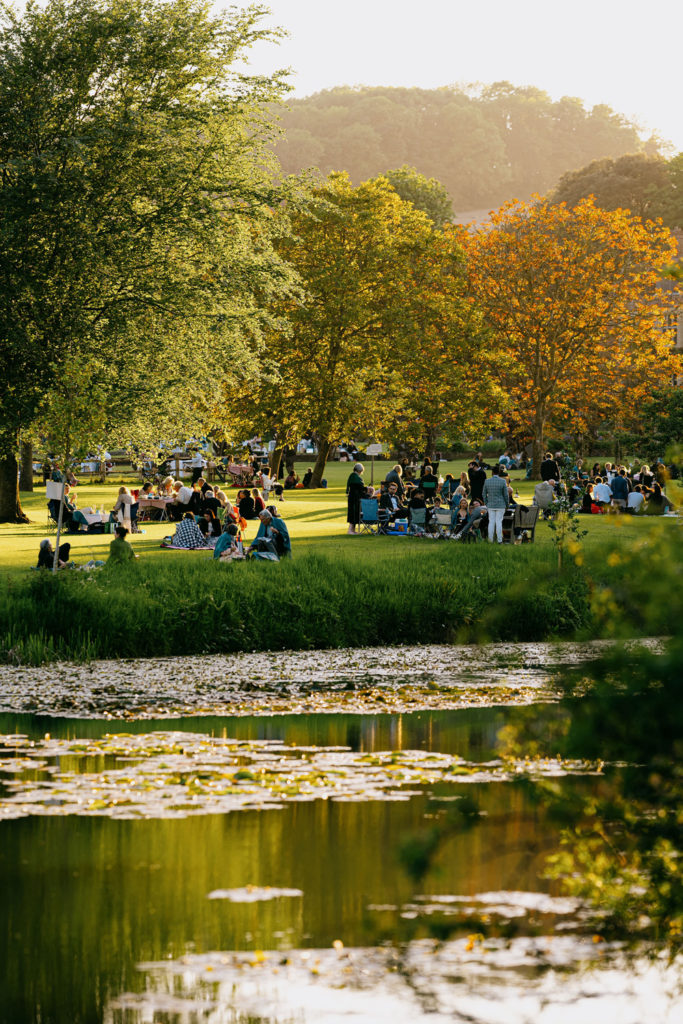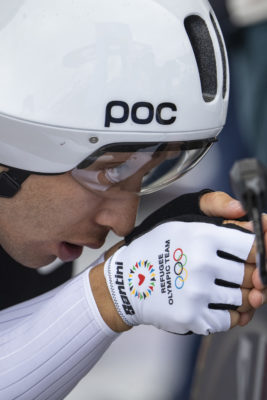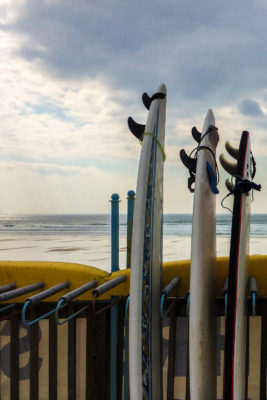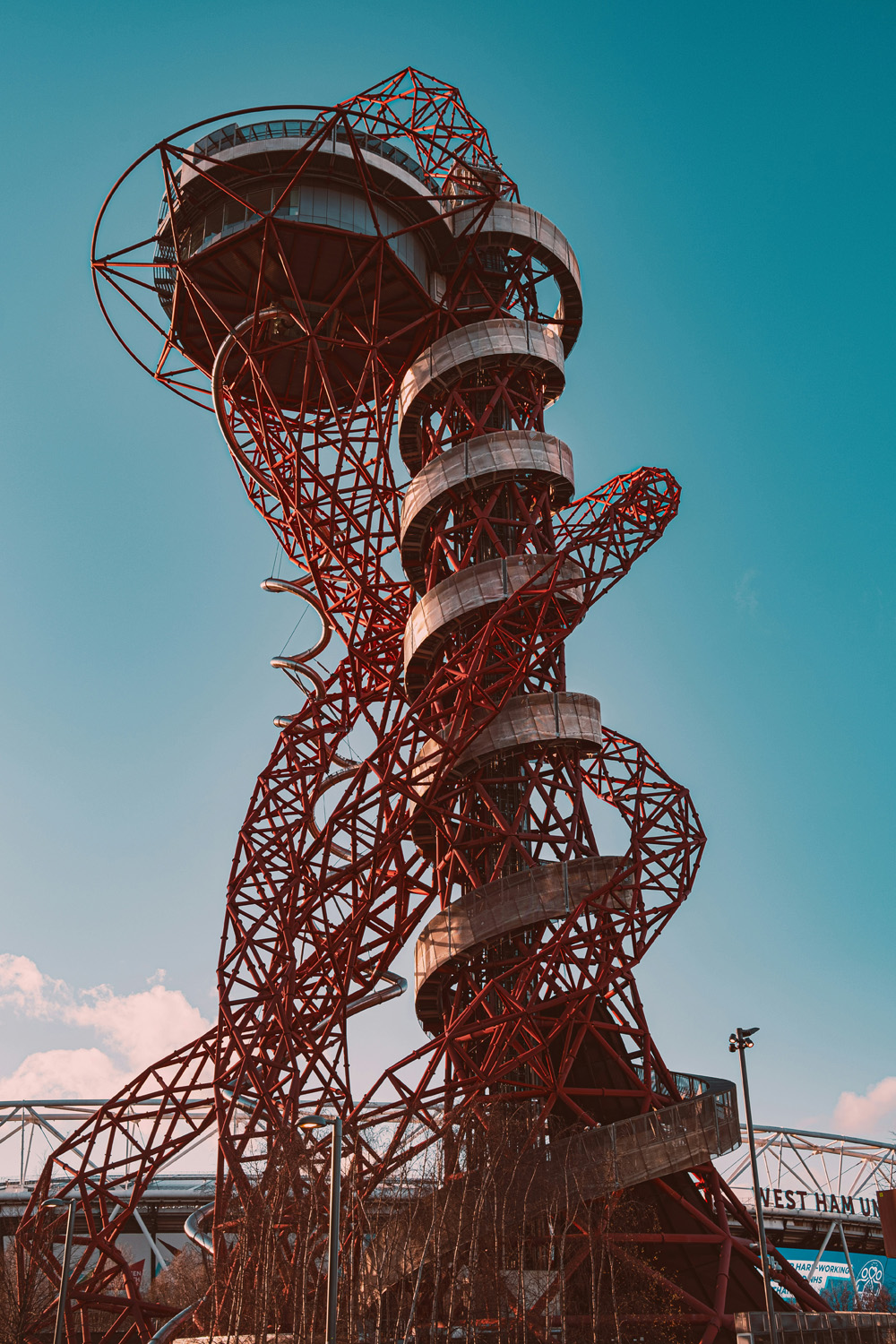
Abandoned Olympic Villages: What Happens When The Athletes Leave?
By
9 months ago
Some success stories – and some not-so-successful stories
If one thing has captured our attention at Paris 2024 (other than the sports, of course), it’s the social aspect. More than ever before, athletes from across the globe have been providing fans with an insight into the Games – predominantly on TikTok. The main intriguing hub of action is, of course, the Olympic Village, where athletes from across the globe sleep, eat and socialise. But what happens to these structures once the Olympics is over?
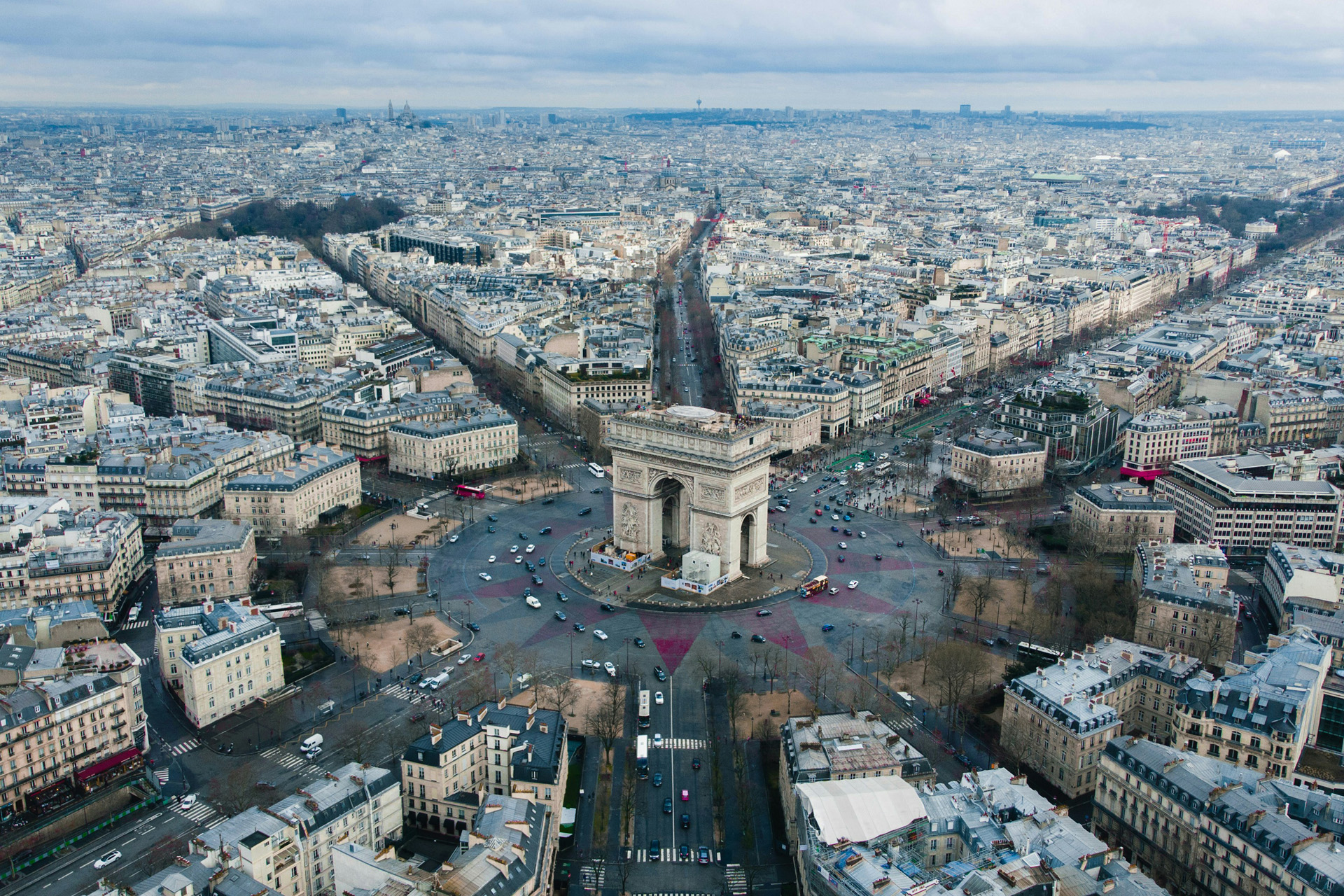
Arc de Triomph, Paris
What Happens To Olympic Villages After The Olympics?
The fate of Olympic villages varies with each Games: their proposed use after the Games have concluded is supposed to be built into the nation’s bid when it applies to host the games, but this doesn’t always go according to plan.
The bid plan – also known as the Candidature File – covers the host city’s proposed venues, Olympic Village, transport, security, marketing and more, with the International Olympic Committee assessing the city’s capability to host a successful Games. In 2018, however, the IOC introduced the ‘New Norm’: 118 reforms shifting the Olympics’ focus towards sustainability and cost effectiveness. Today, host cities are encouraged to use new and temporary sporting venues rather than erecting entirely new sites, and to integrate the legacy and afterlife of any newly built structures into the bid.
What Is An Olympic Village?
An Olympic Village is a purpose-built accommodation complex housing athletes during the Olympic Games. They are typically located near the Olympic Stadium and the Olympic Park of the host city. Providing a safe location for athletes to live, eat and socialise, Olympic Villages have been an important part of the Games since they were first implemented in Paris 1924. Before then, athletes typically stayed in hotels.
We always hear about them, with stories about cardboard beds and gourmet chefs escaping the boundaries. But at Paris 2024, the idea of a socialising hub has really come to light: perhaps for the first time, Gen Z – and its penchant for social media – makes up a large proportion of athletes at the Games, bringing countless candid TikToks to the masses from the inside. In 2024, athletes have introduced fans to the concept of Olympic pin trading – wherein participants swap their badges with people from other countries or sports – as well as a very delicious-looking chocolate muffin.
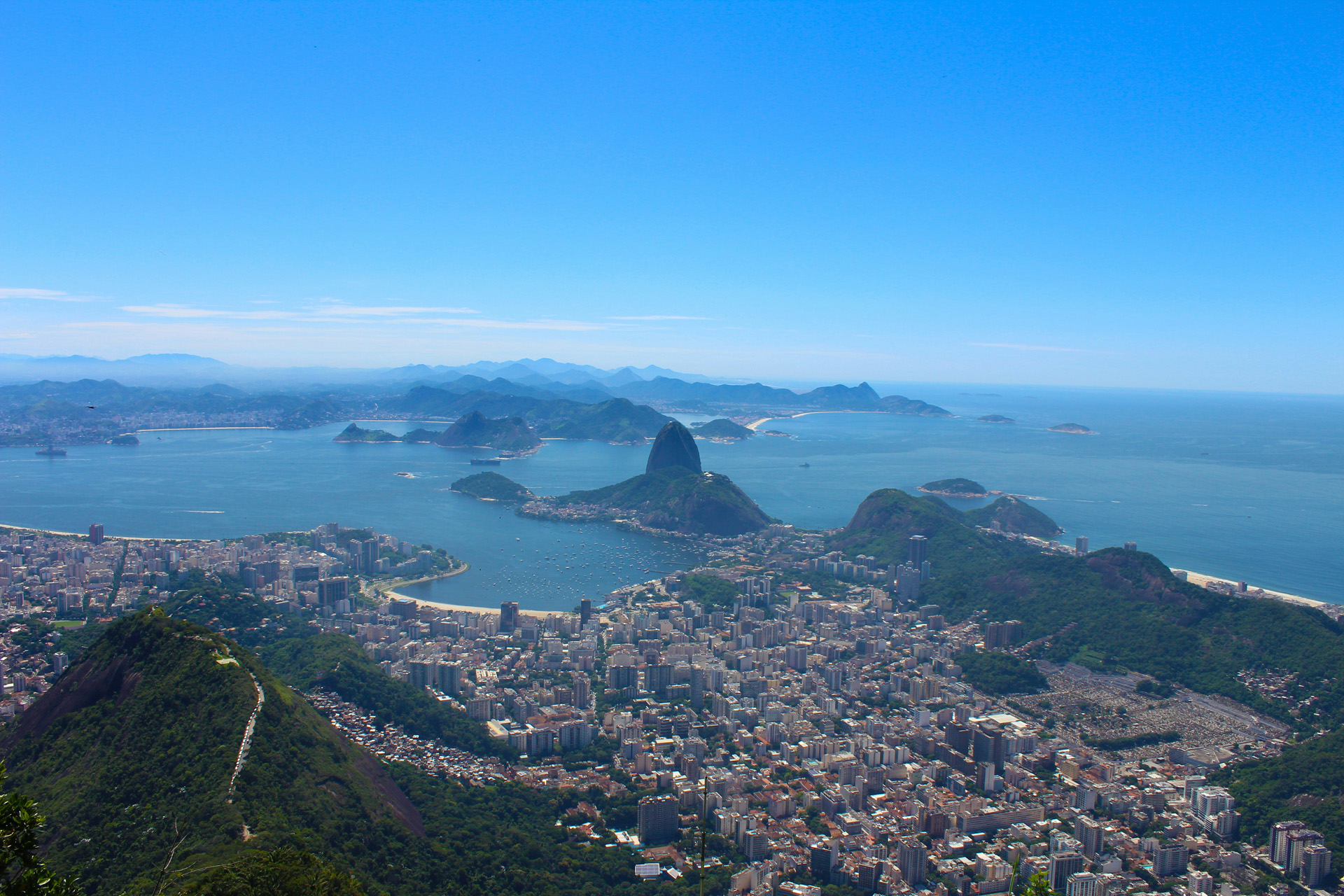
Rio de Janeiro hosted the Summer Olympics in 2016.
Abandoned Olympic Villages
No one wants an abandoned swathe of prime real estate, but Villages have been abandoned throughout time, especially before building re-use was a requirement of the Games. Examples of abandoned Olympic Villages include:
- Rio 2016: The largest in history with capacity for 17,950 people, this Olympic Village was converted into luxury apartments and, while not entirely abandoned, today it is mostly empty, with only seven percent of the units sold.
- Athens 2004: Due to economic struggles, the Olympic facilities from Athens 2004 are a prime example of wasted potential, with most totally abandoned, including the Village.
- Berlin 1936: Perhaps the eeriest Olympic Village of all is Berlin’s 1936 complex, which has been totally abandoned. Indeed, what to do with facilities totally overshadowed by Hitler’s regime? This Games was the last to be held before WWII derailed things, with Jewish people banned from participating and Hitler keen to market his horrific politics on a global stage. While the German army – and later the Soviet army – made use, the Olympic Village has sat abandoned since 1992.
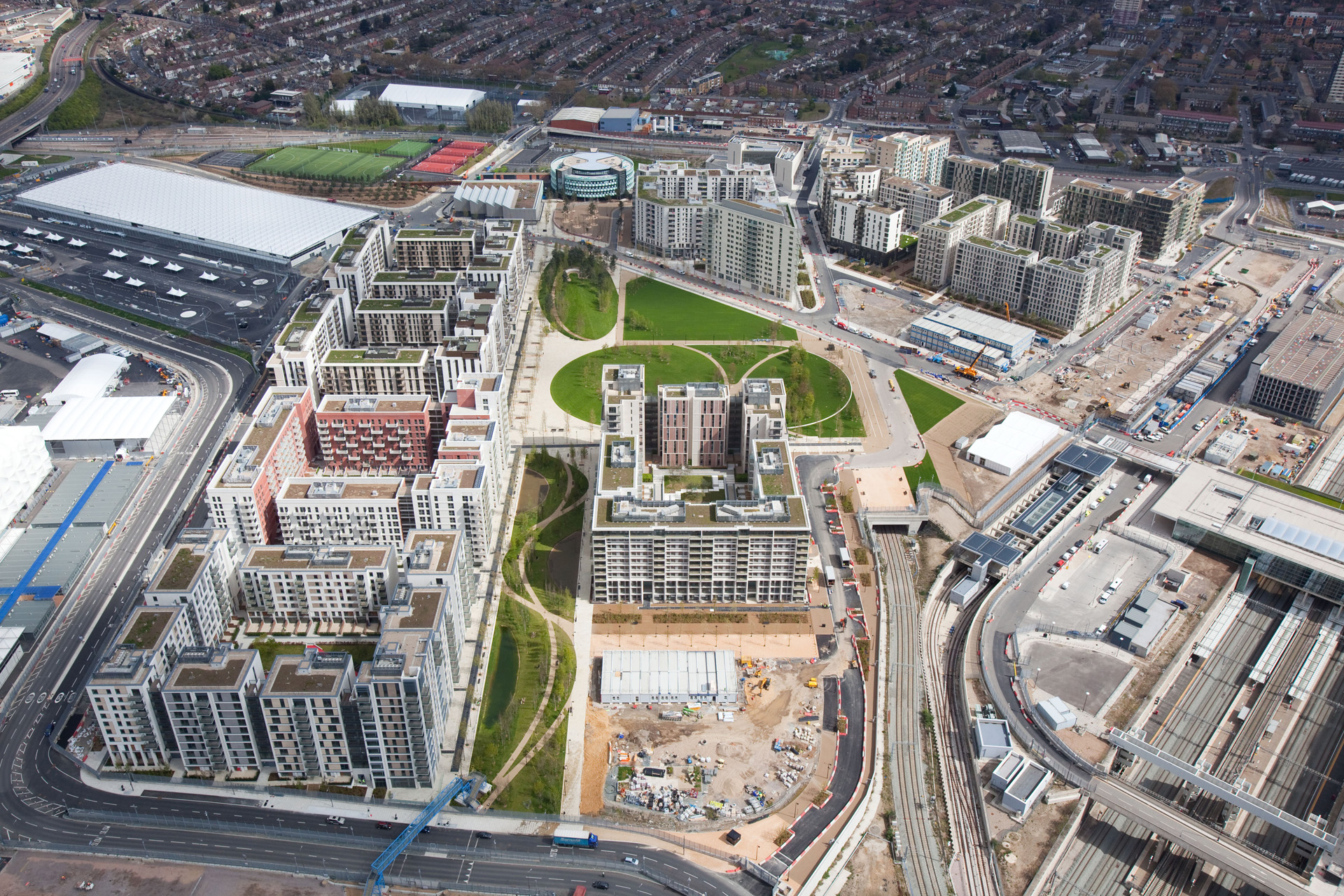
The London 2012 Summer Olympic Games mainly took place in Stratford. (EG Focus, CC BY 2.0, via Wikimedia Commons)
Olympic Villages With A Successful Afterlife
Thankfully, it’s not all bad. Examples of Olympic Village success stories include:
- London 2012: London’s Olympic Village has successfully been transformed into the sleek East Village, home to £1 million apartments complete with shops, bars and restaurants and streets with legacy names like Celebration Avenue, Victory Parade and Liberty Bridge. All of this is a stone’s throw from Stratford Station and the Queen Elizabeth Olympic Park.
- Munich 1972: This Olympic Village is now the city’s second largest student accommodation site, with private residential apartments on site, too.
- Atlanta 1996: After these US games, Atlanta’s Olympic Village was also transformed into student accommodation, first for Georgia State University before being passed to Georgia Tech in 2007.
- Sochi 2014: This Winter Olympic Village has largely been transformed into holiday resorts, perfectly located as they are between sea and ski mountains.
- Turin 2006: From abandonment into a success story: this Winter Olympic Village was supposed to be converted into a residential area, but sat abandoned until 2016 (due to the economic crisis) when it was occupied by more than 1,000 African migrants and refugees in need of a home. Flash forward to 2023, and the Olympic Village was finally converted into student and social housing, fulfilling its original purpose.
What Will Happen To The Paris 2024 Olympic Village?
The Paris 2024 Olympic Village will be converted into permanent housing for approximately 6,000 residents, with a mixture of private (with one third of it affordable), social (one quarter) and student housing. Built with geothermal heating, solar panels and water recycling systems, temporary walls will be removed and kitchens installed before private residents arrive – possibly as early as 2025.
Located in the Seine-Saint-Denis area, some buildings will be converted into a new business district, with approximately 6,000 workers expected to work in office spaces there. After the Games, schools, parks and better transport links will be integrated into the area, with more than 9,000 trees and shrubs to be planted. Already, 40 percent of the total land area is covered with green space.


